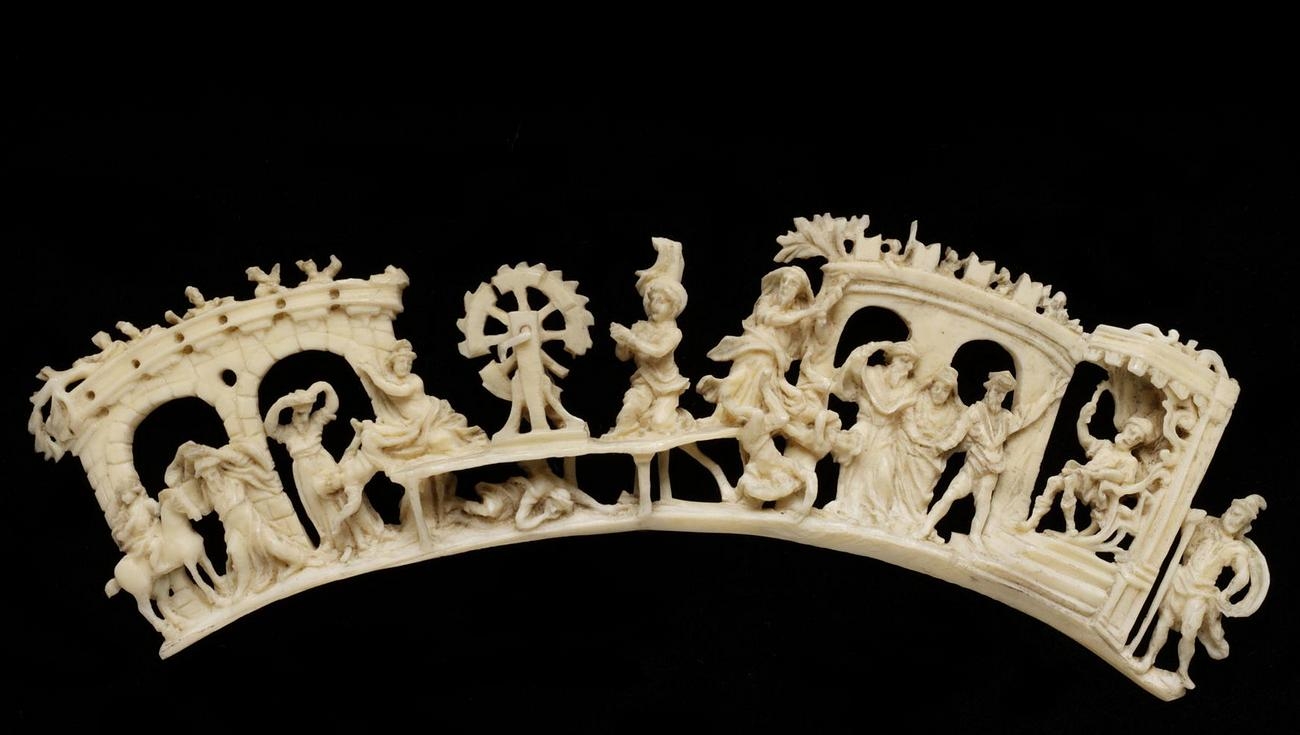Research Seminar - Understanding Baroque Ivory Sculptures: The Collection at the Victoria and Albert Museum (2013)
Bowland Auditorium, Berrick Saul Building, University of York, 20 May 2013

Dr Marjorie Trusted, Senior Curator of Sculpture at the Victoria and Albert Museum, gave a History of Art Research Seminar in York on 20 May 2013 on ‘Understanding Baroque Ivory Sculptures: The Collection at the Victoria and Albert Museum’.
Following the recent publication of her book Baroque & Later Ivories (V&A Publishing, 2013), Dr Trusted spoke about the museum’s impressive, wide-ranging collection:
"The V&A has over 500 baroque and later ivories, ranging in quality from outstanding masterpieces to minor decorative items, and even fakes. My job for the last few years has been to catalogue every ivory sculpture made after 1550 from a collection comprising German, Austrian, Netherlandish, British, French, Italian, Scandinavian, Russian and Spanish pieces, as well as examples from the Philippines, Goa, Sri Lanka and South America. The gamut of types of objects is extensive too: statuettes, reliefs, tankards, boxes, cabinets, snuffrasps, sun dials and cutlery handles are all represented.
These small-scale sculptures might render dramatic scenes from mythology, present exquisitely carved portrait likenesses on a small scale, or depict religious narratives. I will be talking about how one approaches this collection, and what it can reveal about the history of ivory sculpture, as well as the formation of the Museum's holdings of such ivories, which are arguably amongst the finest anywhere."

The Immaculate Conception, Naples c. 1700-c.1720, carved ivory on later scagliola base, ©Victoria and Albert Museum, London

Mercury and Argus, Netherlands 1775, ivory relief framed in a gold rim with ring at top, ©Victoria and Albert Museum, London
[Published April 2017]
Main image: The Martyrdom of St Catherine, Germany c.1650, ivory in relief. ©Victoria and Albert Museum, London
